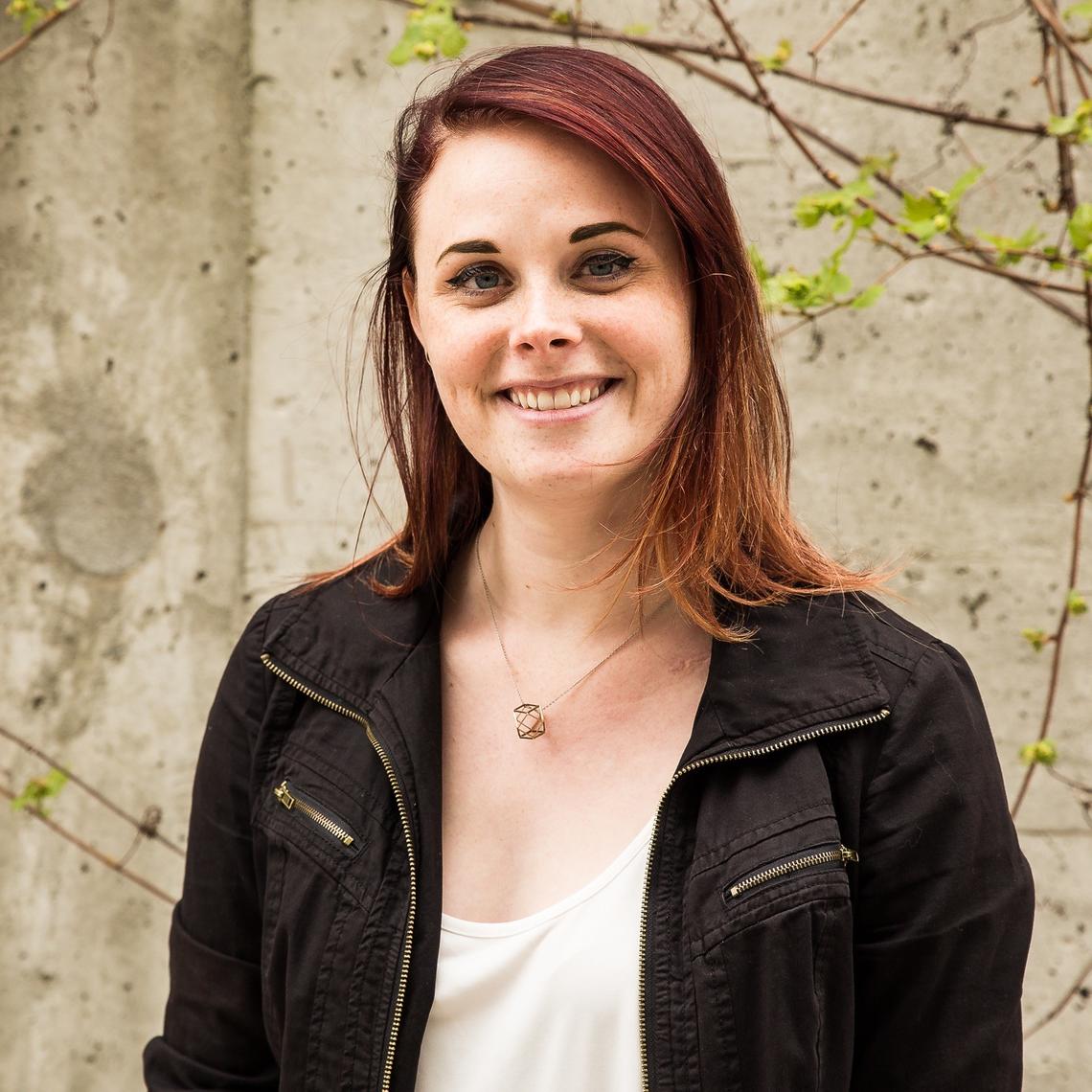June 10, 2019
Class of 2019: Design grad takes deep dive into sustainable shoe design

A shoe as a thesis project? That’s different.
In fact, the idea came as a revelation even for new Master’s of Environmental Design graduate Kristine Vodon, who built the prototype wakeskate shoe as part of her master’s thesis and convocated on June 4.
“I was looking for the perfect question to answer within this huge realm of sustainable product design and at the same time I was trying to build my design portfolio,” Vodon says. “I had always been planning on doing a wakeskate shoe project, and my supervisor said why not just do that for your thesis and I was like, I can do that?”
Wakeskating, for the uninitiated, is like skateboarding on water with no bindings attaching the athlete to the board. Originally from Ontario, Vodon and her whole family are big on water sports — her pedigree includes a mother who waterskied in human pyramids — so for Vodon the wakeskate project was close to her heart.
Vodon understood there was a need — a dearth of purpose-built, effective, sustainably designed wakeskate shoes — because she’d gone looking for some. “I vividly remember being on a trip to Florida as a kid, with a goal to find some wakeskate shoes, but they mostly just looked like skateboard shoes and were not that good for water. I thought then I could do better.”

Kristine Vodon graduated with her Master’s of Environmental Design.
Kristine Vodon
How to build a better shoe
Left to her own passions, Vodon says she would have immediately begun by designing the shoe leaning on the skills she learned during her undergraduate degree in industrial design. Her supervisor, Barry Wylant, urged patience. “I learned to take a more academic approach, how important it is to do primary research which is essentially the first half of my thesis, and then finally all those things came together and I made a design brief and worked from there.”
“This is a very strong project,” says Wylant, associate professor in the School of Architecture, Planning and Landscape. “She dances between a number of different agendas from user-centred design, sustainability, and the small universe of considerations that goes into designing athletic footwear for performance athletes. She arrived at a design that addresses all of those quite effectively, which is no small undertaking.”
Prioritizing sustainable design
Of the many varied considerations in the wakeskate thesis project, Vodon prioritized taking a sustainable approach. It was important to her personally, and it’s also a key tenet of the program.
“From a consumerism perspective, you feel as a designer like you are feeding this fire of non-stop putting out plastics and different chemicals,” Vodon says. “You ask yourself what’s the end-of-life to all these products? This perspective is what made me step back and ask what can be changed?”
She continually asked herself if she was putting all these products into the world, what could she do as a lone designer to make it better. “I thought if I’m going to do this, I might as well try to do this the best way I can.”

Prof Barry Wylant oversaw master's student Kristine Vodone's thesis, the wakeskate shoes project.
Riley Brandt, University of Calgary
Some detours on the way to graduation
The rigour of taking an academic approach and setting a high bar on sustainability weren’t the only challenges Vodon faced in completing her degree. A bike accident in her first year resulted in a broken collarbone and forced her to pause her studies. As well, she had an offer to work in the athletic footwear industry with Bata’s Power Athletics Ltd., which added complexity and stretched out the length of time she took to complete her studies.
Juggling work and her studies, Vodon remained determined to get the degree. “I was in the program with some students who were back in school after putting their studies on hold. I was determined to get it done the first time around,” Vodon says. “I really see myself teaching design one day, and I knew this degree would be key in pursuing that down the road.”












































































